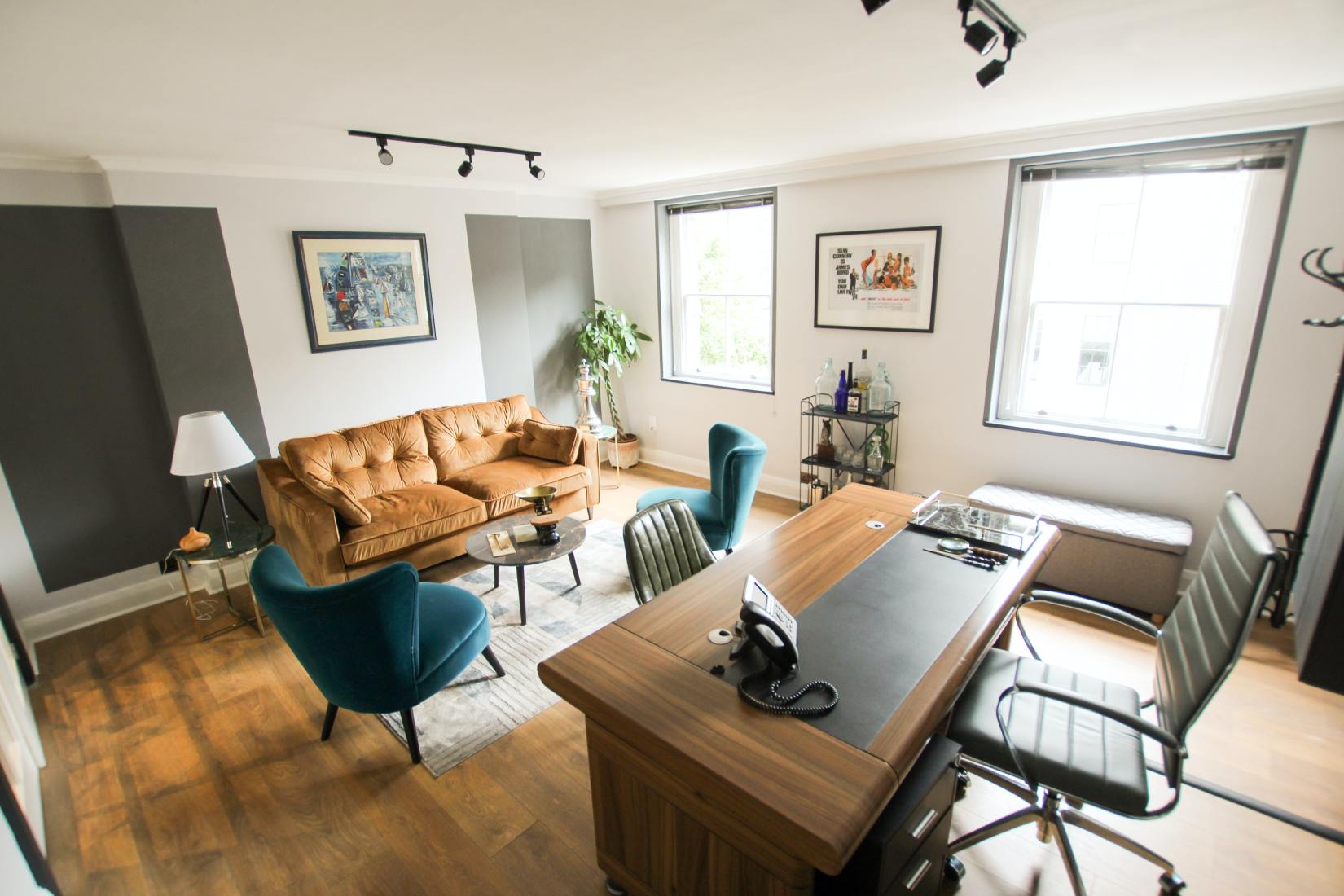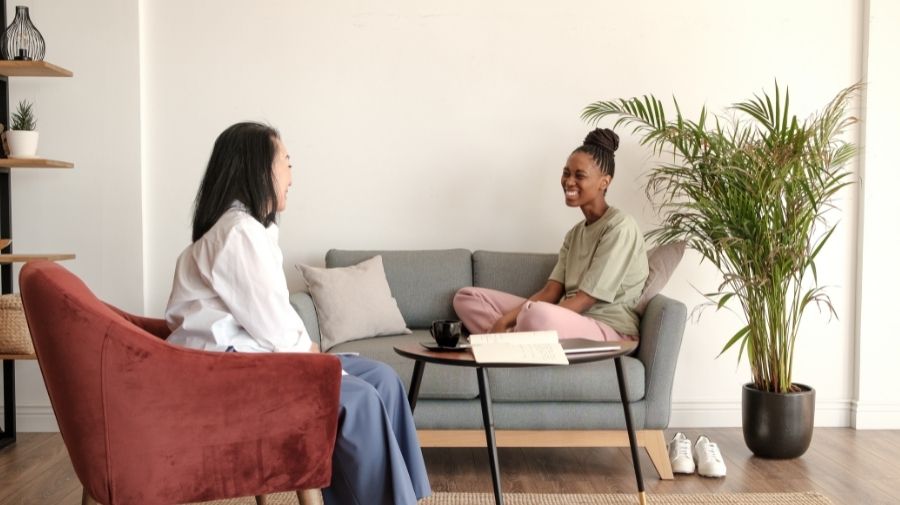As a mental health professional, I understand the importance of a welcoming space for my clients. A well-decorated therapy office not only reflects your personal style but also creates an environment conducive to comfort and healing. In this article, we will explore various aspects of decorating your therapy office, providing insights drawn from my personal experiences and knowledge gained over the years.
The Importance of Office Decor in Therapy
Creating a therapeutic environment begins with understanding the psychological effects of space. The right decor can:
- Promote a sense of safety and comfort.
- Encourage open communication.
- Foster an inviting atmosphere that reduces anxiety.
Understanding Therapeutic Environments
A therapeutic environment is more than just aesthetics; it is about creating a space where clients feel safe to express themselves. Below are key elements to consider:

Color Psychology
Colors play a significant role in influencing mood. Here’s a brief overview:
| Color | Psychological Effect |
|---|---|
| Blue | Promotes calmness and tranquility. |
| Green | Represents renewal and growth. |
| Yellow | Evokes feelings of happiness and energy. |
| Gray | Can feel neutral but may also evoke sadness if overused. |
Furniture Selection
Choosing the right furniture goes beyond style; it involves function and comfort:
- Opt for comfortable seating that encourages relaxation.
- Consider the layout to facilitate conversation.
- Include small tables for personal items or assessments.

Designing Your Therapy Office: Step-by-Step Guide
Step 1: Define Your Space
Before you start decorating, it is essential to evaluate your space:
- Measure the dimensions of your office.
- Identify natural light sources.
- Consider any permanent fixtures that need to be integrated into your design.

Step 2: Choosing a Color Scheme
Based on the principles of color psychology, select a color palette that resonates with your therapeutic approach:
- For trauma-informed therapy, consider soft blues and greens.
- If your practice focuses on child therapy, opt for bright and playful colors.
Step 3: Selecting Furniture and Decor
Think about the following when choosing furniture and decor:
- Comfortable chairs and couches.
- Artwork that reflects positivity and hope.
- Plants for an organic touch and improved air quality.

Step 4: Lighting Considerations
Lighting can affect the mood of your therapy office:
- Aim for natural light sources when possible.
- Use soft artificial lighting to create a warm atmosphere.
- Consider adjustable lighting to accommodate different times of the day and activities.
Step 5: Personal Touches
Adding personal elements can make your office feel more inviting:
- Include bookshelves with comforting and insightful reading materials.
- Display certificates and qualifications to build trust and professionalism.
- Incorporate personal artwork or photographs that resonate with your journey.

Pros and Cons of Different Decor Styles
Pros of Minimalist Decor
- Creates an uncluttered, calming environment.
- Focuses attention on the therapist-client interaction.
- Easy to maintain and clean.
Cons of Minimalist Decor
- May feel cold or impersonal to some clients.
- Lacks warmth, which might not be suitable for all therapy types.

Pros of Cozy Decor
- Fosters a warm, welcoming atmosphere.
- Encourages closeness and connection.
- Can help clients feel more comfortable sharing.
Cons of Cozy Decor
- Can become visually cluttered if not balanced properly.
- May distract clients from the therapy process.
Incorporating Nature into Your Therapy Office

Bringing elements of nature into your therapy office can have therapeutic benefits:
Benefits of Nature in Therapy Offices
- Improves mood and reduces stress.
- Increases feelings of relaxation and well-being.
- Provides a calming backdrop conducive to therapy.
Suggestions for Incorporating Nature
- Add indoor plants—consider low-maintenance varieties like succulents or snake plants.
- Use natural materials in decor, such as wood or stone.
- Incorporate nature-themed artwork or images.
Creating Comfortable Equipment Areas
Aside from standard furniture, it’s essential to create designated areas for specific therapeutic tools. Depending on your practice, consider:
- Art supplies if you engage in art therapy.
- Exercise mats for movement-based therapies.
- Quiet zones for mindfulness or meditation practices.
Common FAQs About Therapy Office Decoration
What are some budget-friendly ways to decorate a therapy office?
There are several cost-effective strategies to consider:
- Shop at thrift stores or online marketplaces for second-hand furniture.
- DIY artwork or decor to add a personal touch.
- Utilize free resources or apps for creating mood boards to visualize your design.
How can I ensure my therapy office feels inclusive?
To create an inclusive environment, consider adding:
- Diverse artwork and literature that reflects various cultures and experiences.
- Seating arrangements that allow for easy access and movement.
- Materials that consider clients with disabilities, such as wheelchair-accessible furniture.
Are there specific themes that work best for a therapy office?
While there is no one-size-fits-all approach, themes that promote wellness and positivity include:
- Nature-inspired decor.
- Relaxation and tranquility.
- Art and creativity.
Conclusion: Making Your Therapy Office a Healing Space
Decorating your therapy office is a vital step in creating a healing environment for your clients. By considering elements like color, furniture choice, and personal touches, you can transform your space into one that enhances the therapeutic experience. Remember that your office should reflect not just your professional identity, but also serve as a sanctuary for your clients.
As someone who has navigated the journey of creating a comfortable and inviting therapy space, I encourage you to embrace your creativity and intuition. Your office should be a reflection of your practice and a safe haven for those seeking support.